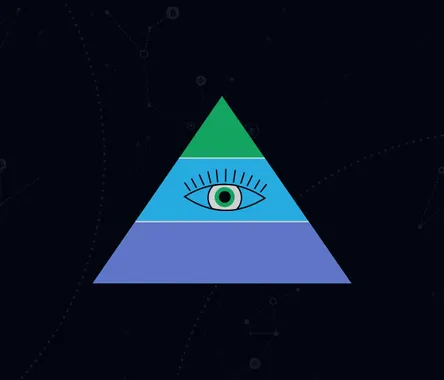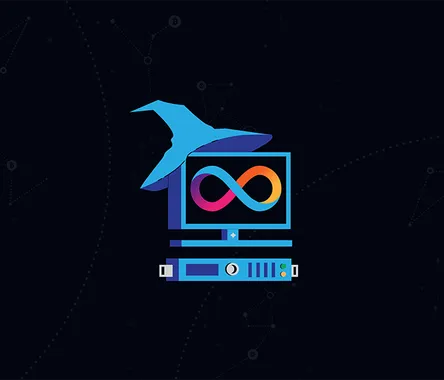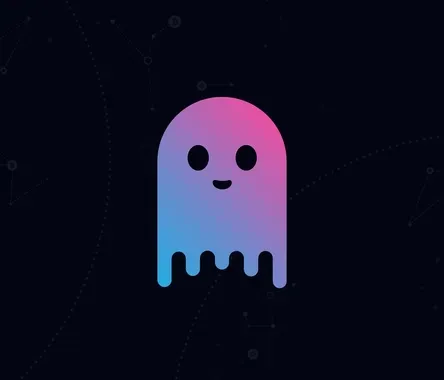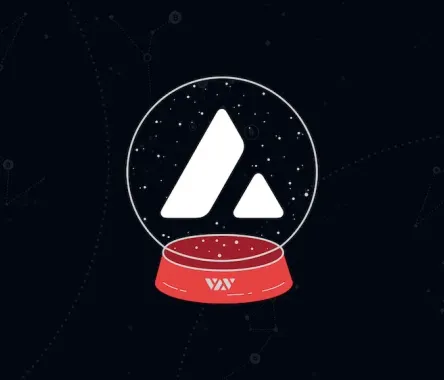What is CLV?
CLV Chain, previously known as Clover Finance, is a specialized infrastructure parachain on Polkadot focused on bridging and cross-chain interoperability. It is meant to serve as a base platform for a wide range of decentralized applications aiming to be live and interoperable on several networks. For that, CLV Chain provides dApp developers with a set of tools for cross-chain operations, offering them seamless migration of their projects, efficient scaling opportunities, and reasonably priced transactions across blockchains.
So far, the parachain uses its CLV EVM Bridge to connect three chains which are Ethereum, BNB Chain, and CLV parachain. The team promises to add Bitcoin to this list soon as well as to enable two-way pegs of assets across all supported networks. Similar to other Polkadot cross-chain solutions, the platform offers developers a seamless way to move their dApps on CLV as any Solidity smart contract needs only minor changes to be deployed on CLV Chain.
Clover Finance was founded in 2020. Although in 2021 the project failed to achieve a grant from Web3 Foundation, soon afterward Clover Finance held a successful token sale on Coinlist, and later the CLV token was listed on other major exchanges such as Binance, FTX, Huobi, and OKex. In 2021 Clover Finance won a parachain slot on the Polkadot crowdloan auction in 2021, where the project managed to attract 9,752,487 DOT from supporters. Clover Finance was rebranded as CLV Chain in March 2022. According to the team, the new name stands for Connectivity, Legible, Versatile.
How does CLV work?
CLV Chain is an EVM compatible and cross-chain interoperable Layer 1 chain built on Substrate with the use of the Rust programming language. CLV provides developers with a set of tools for dApps migration and scaling that currently includes the CLV EVM Bridge, a cross-chain CLV Wallet, and a Web3 cross-chain browser.
From a closer look, CLV Chain consists of two separate blockchains which are CLV Mainnet (M-Chain) and CLV Parachain (P-Chain). CLV M-Chain is a governance and exchange network, where CLV tokens are born. Meanwhile, P-Chain is an actual parachain currently based on Polkadot that is EVM-compatible and supports the deployment of smart contracts. Both chains run in parallel and are secured by the Substrate framework. This dual-chain architecture allows CLV Chain to support both EVM-like and Polkadot-like transactions simultaneously.
The interoperability on the CLV Chain is ensured by a so-called SPV Simulation Technology, tailored specifically for decentralized seamless cross-chain communication that enables two-way pegs on Turing-complete and non-Turing complete blockchains. The extended elaboration on this matter may be found in the project’s whitepaper.
Although SPV Simulation Technology is said to bring 2WP (2-way peg) communications with Bitcoin, so far, the only two chains the CLV Parachain is connected to are Ethereum and BNB Chain.
How to use CLV Chain?
For developers, CLV Chain offers seamless migration of their dApps. The network also promises to incentivize builders by sharing with them a portion of the gas fees collected on-chain each era.
The multi-chain CLV Wallet and the CLV EVM Bridge are the main products for users on CLV Chain. One may use Metamask or Polkadot.js wallets to interact with CLV Chain, but the platform is actively promoting its native CLV Wallet among CLV parachain and mainnet users. For example, users need a CLV Wallet account to claim rewards for CLV staking or nominating CLV validators. The CLV Chain aims to become a comprehensive cross-chain interoperational system for the Web3 future. The platform also runs a cross-chain explorer.
CLV EVM Bridge offers cross-chain transfers between CLV Parachain, Ethereum, and BNB Chain. This bridge charges users at least 1 CLV in fees for cross-chain transactions and transfers assets across supported networks at an approximate transaction speed of 3-5 min.
CLV Chain staking
The security on the CLV chain is provided by its NPoS (Nominated Proof-of-Stake) consensus mechanism, same as on Polkadot. This opens two ways for staking CLV on the CLV M-Chain: either by running a node that requires sufficient computing power and 24/7 on-chain presence - or users may become nominators with any of the existing validators. By bonding a certain amount of CLV with the validators, CLV holders receive rewards in CLV each era which lasts approximately 6 hours. The rewards may be claimed at any time with no slashings intended. However, It takes 24 days to unbound staked CLV.
The CLV token
CLV is the native token on the CLV Chain. Under this ticker, it resides on four different blockchains such as Ethereum (ERC-20), BNB Chain (BEP-20), Substrate-based CLV M-Chain, and CLV Parachain on Polkadot. CLV's total supply is limited to one billion tokens.
The token is issued on CLV Mainnet where it is used for staking and may be delegated to a validator to earn CLV rewards. There’s no EVM support for staking CLV as of the time of writing this review.
CLV is also meant to be a governance token controlling the protocol’s parameters after CLV Chain launches its promised Omniverse DAO as a move to further decentralization. Before that, CLV is mainly used as a utility token on CLV Chain. Until then, the CLV token can be locked and used to elect council members and guide the project’s development through on-chain voting.
The complete token allocation model, as well as distribution and vesting schedule may be found on the tokenomics page.
Is CLV Chain safe?
The CLV Chain team is represented in public by its three core members and co-founders. First, there’s Norelle Ng who is in charge of operations. She has previously been an advisor at Bithumb and Head of Client Relations at Amber Group crypto trading firm.
The second co-founder is computer scientist Viven Kirby who was a Project Lead at CLV Chain until he left the team in 2021. The third core team member and Tech Lead is Burak Keçeli, though it is unclear if he is still involved with the project.
There is no public information on whether the CLV Chain has been audited. The team, however, held a time-limited bounty program for whitehats and bughunters in Q2 2022.
The Github repository of the CLV Chain has no public members listed.
Ecosystem & Partners
Following its successful seed funding round in 2021, CLV Chain is known to be backed by Polychain Capital, Alameda Research, Huobi, OKex’s Ventures Arm, and other notable entities in the crypto space.
As it usually happens with Polkadot-based projects, CLV Chain has its sister-parachain named Sakura that resides on Kusama, Polkadot’s canary network. Same as CLV Chain, Sakura provides similar cross-chain functionality to Kusama users.
CLV Chain aims to boost its ecosystem growth by offering generous grants for builders.
What's next?
According to the project’s roadmap, the future will bring smart contract upgradability onto CLV Chain and introduce network users to a new dynamic gas fee model. The team hopes to add support for two-way cross-chain assets transfers and dApp interaction for major blockchains including Bitcoin and Solana by the end of 2022. Another big upgrade for CLV Chain’s decentralization will be the launch of its Omniverse DAO promised to happen in 2022.
Links
https://clv.org/
https://docs.clv.org/
https://clv.org/whitepaper.pdf





